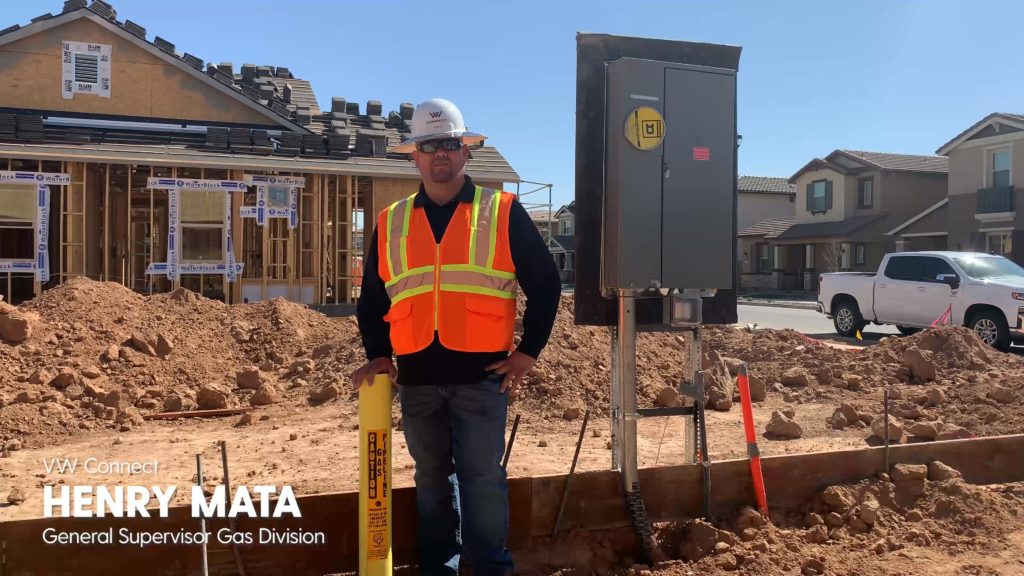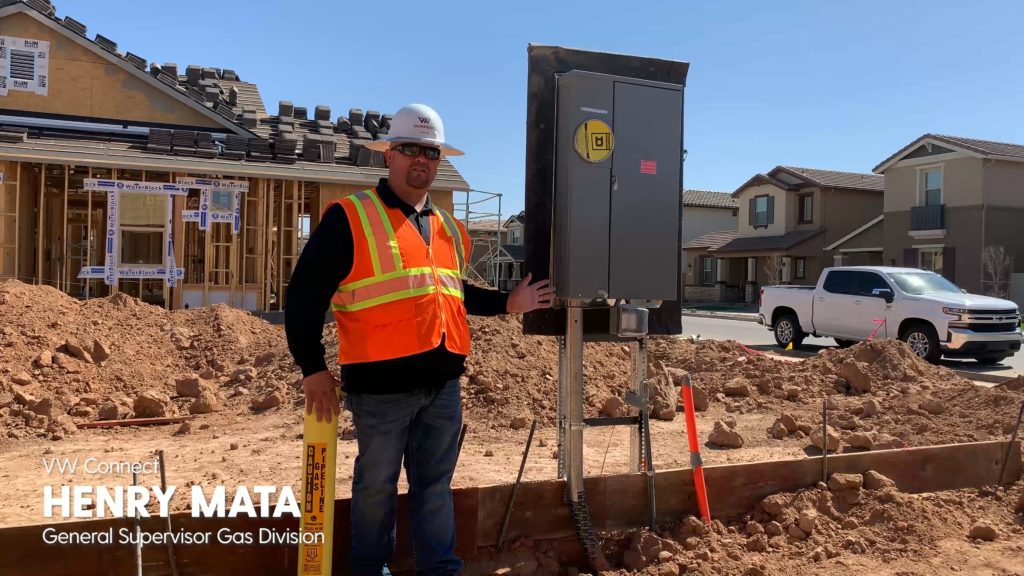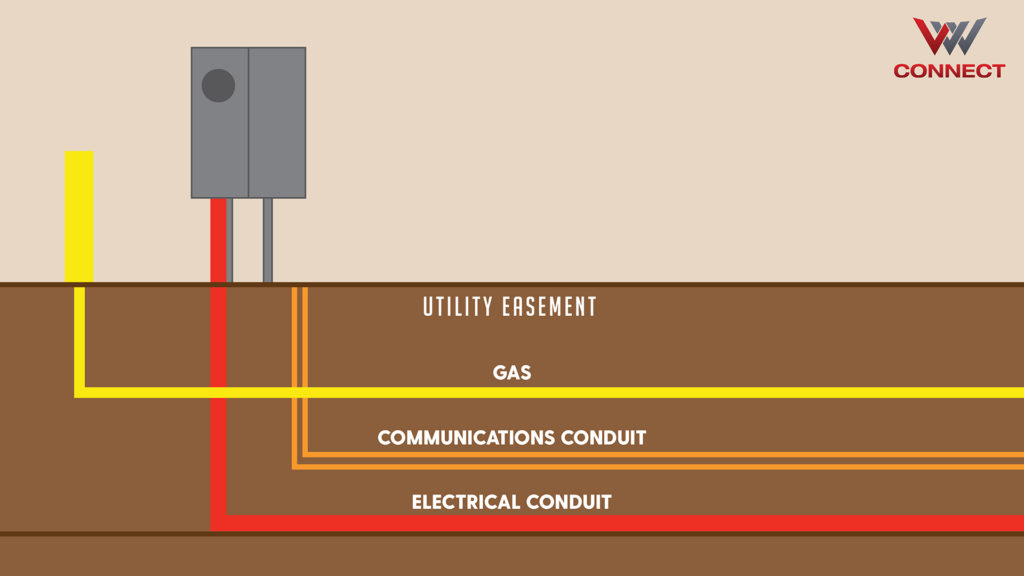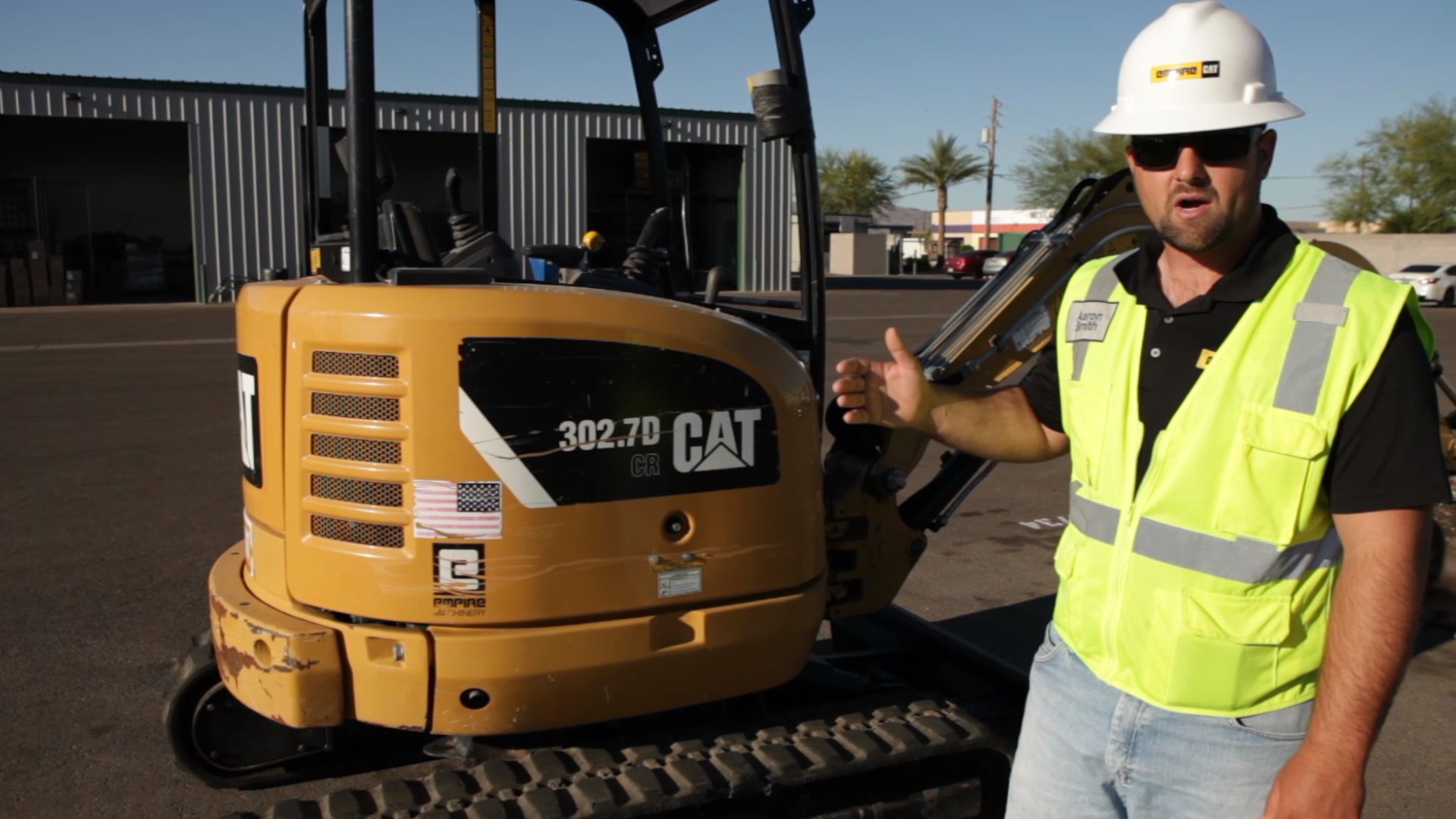Overview
Take a look at identifying and working around Early Utilities with Andrew Stauffer from Mattamy Homes and Henry Mata from VW Connect. We rarely think about what it takes to turn on a light, heat our water, and turn on the internet in our homes. Is it as easy as flipping a switch? Homebuilders understand that utilities get brought into the home by connecting to a complex grid that ensures the reliability of the gas, power, internet, and water for the homeowners. Most homebuilders in Arizona, are installing utilities at the start of the home, allowing them to utilize the power to build the house and streamline the build schedule. The residential industry is growing creating a necessity to educate new workers about Early Utilities and increase communication between construction trades. We will cover the electrical panel, gas riser, and the proper ways to work around early utilities to keep everyone safe.
The Early Power Electrical Panel Lock-out/Tag-out (LOTO)
The industry term “Early Power” refers to when a Homebuilder contracts with an Underground Service Provider to provide live power at the beginning of the home construction schedule, rather than the end of construction.
The benefits are obvious, but all employees must be protected and trained to be aware of the hazards associated with early power on a residential “new construction” site. **OSHA Standard 1926.21(b)(1) requires that all employees be trained to recognize the hazards associated with their position.
Simple lockout/tag-out procedures will protect workers and others from coming into contact with electricity in an energized electrical panel. Therefore, builders must establish a lock-out/tag-out program consisting of written procedures, employee training, and periodic inspections. **Lockout/Tag-out procedures and guidelines are established to prevent accidental contact with an energized system. 1926.417(b)
Immediately after the meter has been installed in an electrical panel, the LOTO procedures must begin. All panel breakers (Including the main breaker) will be left in the “off” position by the electrical provider. Turn on breakers (1 for each outlet and the main breaker(s)) and verify power to the construction outlet. Shut panel door and install LOTO Padlock and Tag. Padlocks should be Standardized, Durable, highly visible, and recognizable. They are to be used only for this purpose and no others. Tags must be highly visible and acknowledge that an electrical hazard is present, who performed LOTO, and how to contact them.
Complete LOTO kits are available, or items can be purchased individually. LOTO stations like this one include padlocks, hasps, zip ties, and tags. Everything needed to properly lock out and tag an electrical panel.
Regularly inspect locks, tags, and outlets and report any damage or non-working items
To restore energy (reset tripped breaker) after notification by worker or inspection:
1.Notify clear the area of all affected employees
2.Check the panel for damage before opening or removing the lock.
3.Remove lockout and reset the breaker
4.Replace Lock
5.Replace the LO/TO Lock with its dedicated location on the board and complete the tag-out documents.
It is recommended that only the person who attached the lockout device should remove it. A dedicated LOTO manager may be needed, but your program must be adapted specifically to your business and/or situation to be safe and effective.
Early Gas Indicators
- 2-3 ft tall yellow gas riser protector
- Red Tag stating natural gas
- Gas Riser pin lock
- SouthWest Gas and 811 contact stickers for reporting damages or leaks

Working Around Early Utilities
- Never push or pull on electric panels
- Never remove gas riser protectors
- When digging or grading always call 811 for marks
- Always hand dig within 24 inches of 811 marks
- Remember no marks, no dig

The Utility Easement
Utility depths standards are set by the utility companies and the minimum depth standards vary and are set to final grade. Changes in grade,erosion or other activities will result in depth variation. Depth variation makes it important to hand dig within 24 inches of all utilities. The utilities are installed at different depths within a trench, the electrical conduit is at the bottom, next the communications conduit, and finally the gas line.




